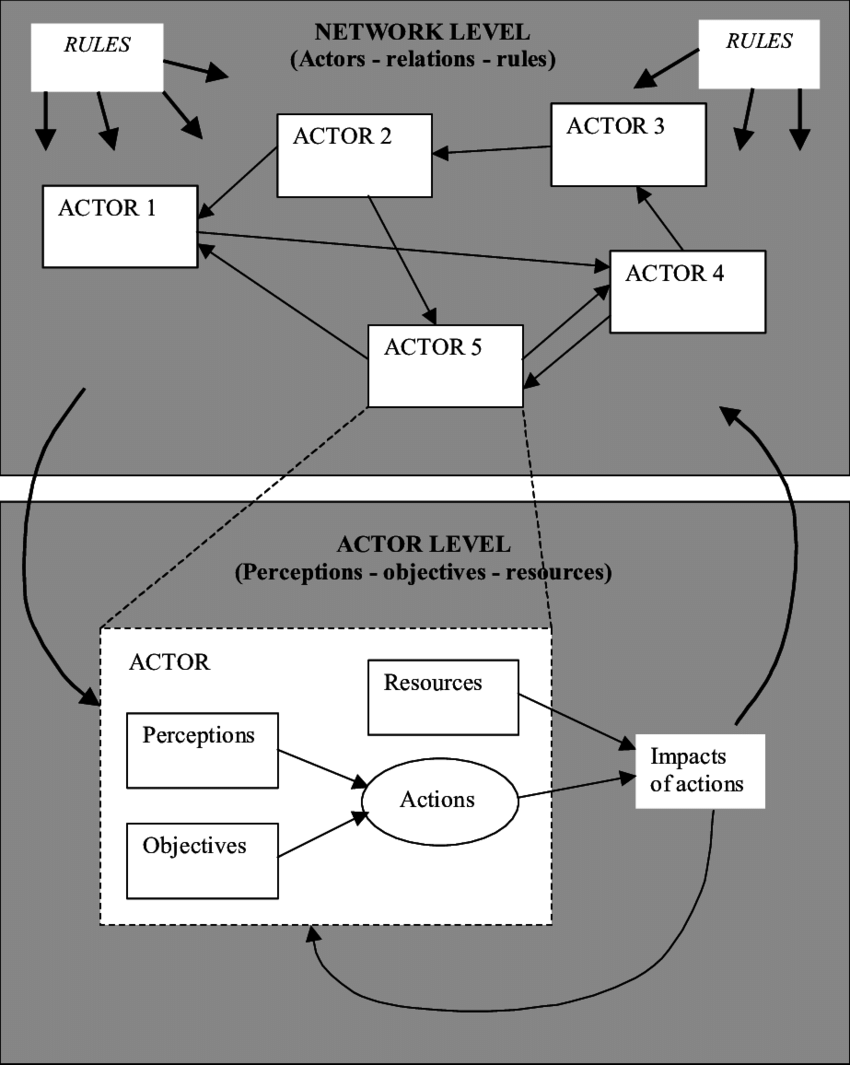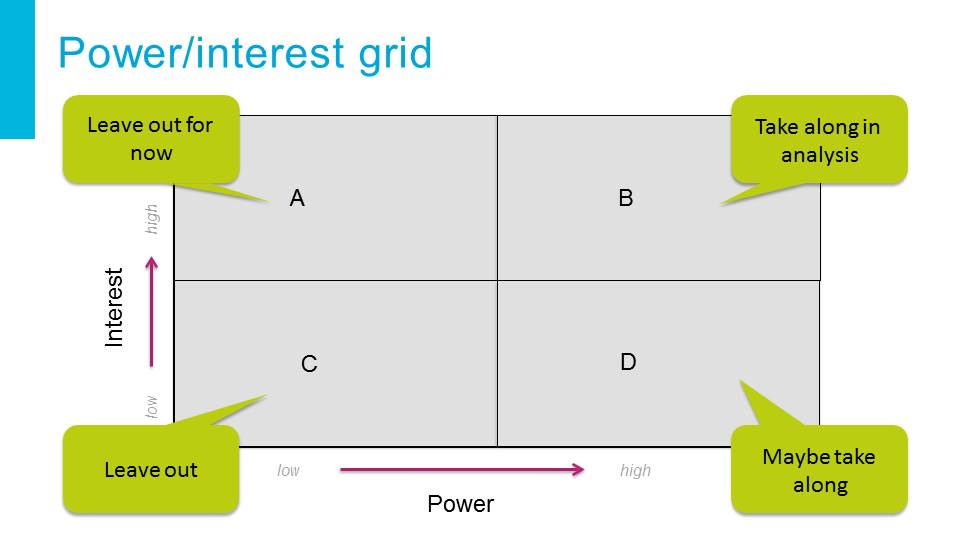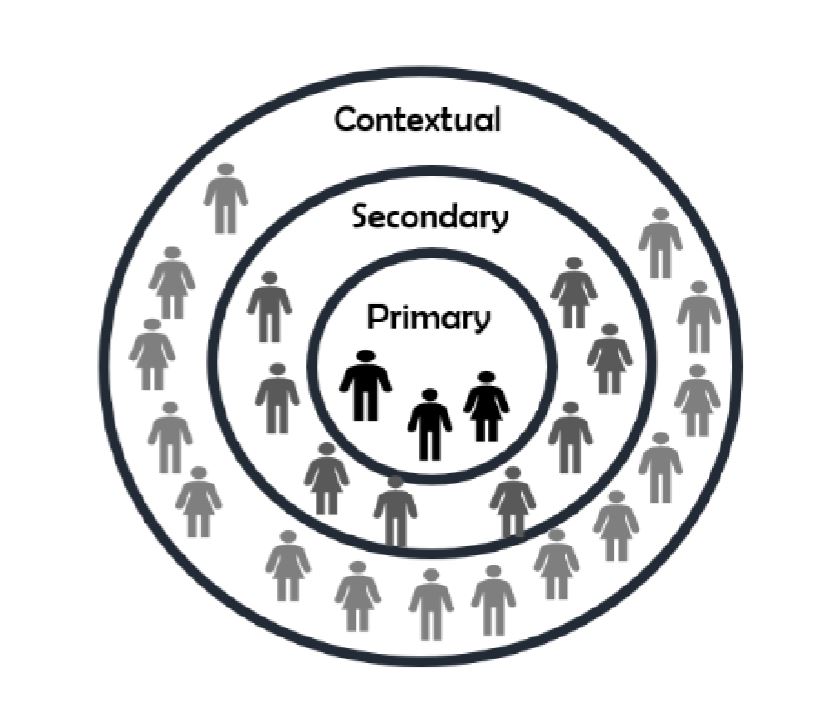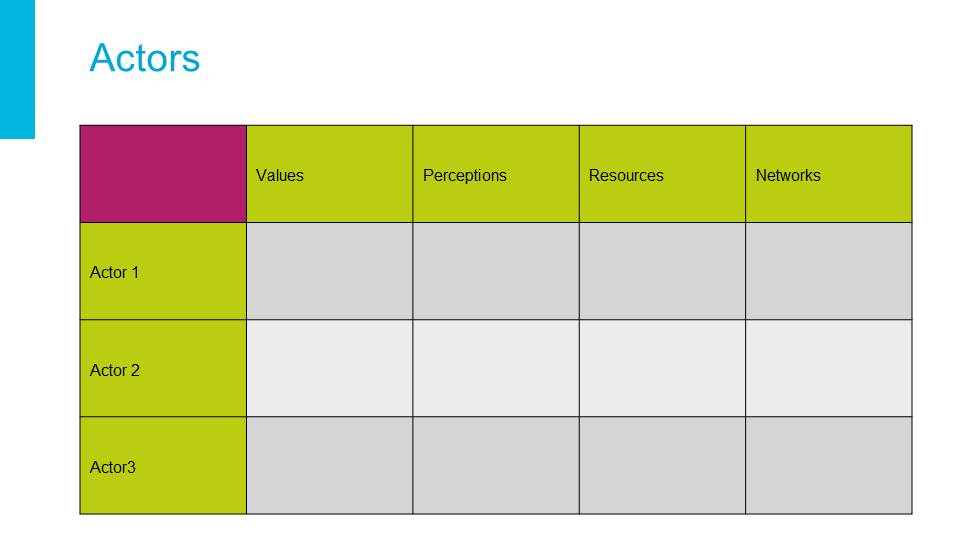3.3.3 Step 2: Identification and mapping
Course subject(s)
Module 3. How: Stakeholder engagement and gender dimension
Identification
The identification of stakeholders will depend on the company business, its impacts and current engagement objective. As the environment around the company evolves and as stakeholders themselves make decisions or change their opinions, the identification of stakeholders is not static – rather it is a dynamic process and should be updated as necessary.
Keep in mind that a stakeholder is an individual, a group or an organization, who may have an impact on the company, or can be impacted by the company. Be aware: People have a tendency to focus on formal authorities in the mapping process, but the loudest voices or heaviest campaigners are not necessarily your key stakeholders. Step back and add silent members to your list because they may have a hidden wealth of expertise.
Having this in mind, the first thing to do is to create a list with the name of different stakeholders. When doing this exercise, make sure that you are including a rich diversity of stakeholder expertise, but also stakeholders from different geography. Try to identify stakeholders with whom your company communicates regularly but also include stakeholders that you can reach beyond your company’s existing comfort zone.

Mapping stakeholders
After the identification, you can start with the mapping of stakeholders.
As it is difficult to give equal attention to all of the listed stakeholders, it is necessary to list their interests, their perspectives , impact, etc. After this, you can also classify or categorise the stakeholders into groups. There are a large number of visualization techniques, some very advanced with mapping of, dependencies/relations, see the image below.

However, frequently used are:
- The 2 x 2 tool
- RING stakeholder map
- Grid values/resources/interests.
Below a brief description.
2×2 stakeholder matrix
See the picture below for the matrix.

There are two axes (power and interest) and four quadrants:
- Quadrant A: High-power. Low-interest stakeholders:
If important to engage, raise their interest: at least these stakeholders should be kept informed. Important to build a good relationship if there is no need to involve them directly. How actively these stakeholders should be pursued needs to be driven by the importance of having them involved in the dialogue. - Quadrant B: High-influence, high-interest stakeholders:
Engage: these are the stakeholders where efforts need to be made in order to engage fully - Quadrant C: Low-influence, low-interest stakeholders:
Do not engage (at least, not at the beginning): Do not involve them in the stakeholder event, but review this approach periodically, because their status can change. - Quadrant D:Low-influence, but interested stakeholders:
If important to engage, strengthen their capacity to get heard. If these stakeholder’s interest is high, there must be a reason. Often these stakeholders have important information, perspectives or experiences. But they may lack the capacity to make their voices heard, so they need support in doing so.
RING stakeholder map
See picture below

This diagram generally starts at the micro-level, for instance with the identification of the primary stakeholders (e.g., investors, shareholders, customers, directors, employees, suppliers) and scales up to a meso and macro-level with secondary (e.g., government, media, local communities, activists) and contextual stakeholders (e.g., natural resources, past/future generations)
The table below is a template for making a distinction among actors in terms of values, perception, resources and networks.


Responsible Innovation: Building Tomorrow’s Responsible Firms by TU Delft OpenCourseWare is licensed under a Creative Commons Attribution-NonCommercial-ShareAlike 4.0 International License.
Based on a work at https://online-learning.tudelft.nl/courses/responsible-innovation-building-tomorrows-responsible-firms/.



